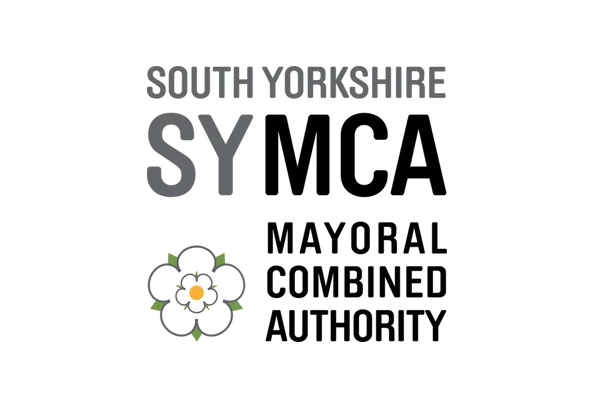Member Article
Medieval village unearthed at new surface mine
The remains of a medieval Northumberland village have been unearthed by a team of archaeologists working on the site of a new surface mine development.
A team from TWM Archaeology has just completed a six-month archaeological excavation at the Shotton site, at which coaling was commenced by regional firm Banks Mining earlier this year.
A medieval green with a road on either side of it has been uncovered by the team, along with plots of land extending backwards from the central area.
A pottery kiln and evidence of other industrial production activity was also discovered on the site, which is thought to date from around the 13-15th century.
Remains from other periods of history have also been found at the site, including the remnants of a small prehistoric settlements and a number of old mining galleries from the 19th century.
Northumberland County Council Archaeologist, Nick Best, said: “Finding evidence of industrial processes at a site dating from medieval times is especially interesting, and helps to broaden our understanding of how manufacturing and production activities were carried out by people in the North East more than 500 years ago.”
The finds at Shotton have all been recorded by the TWM Archaeology team, and the land has been returned to Banks for operational use, as sites of this type are not generally preserved by archaeologists once all the available data has been logged.
Steven Harrison, Managing Director of Banks Mining, adds: “It’s exciting for us to be involved with this excavation, and to be able to see how this area was worked and inhabited through the ages.
“We have worked closely with the County Archaeologist ‘s team and TWM Archaeology through the year at different Banks sites, and are extremely pleased that our operations have facilitated these discoveries which enhance the understanding of our region’s social and industrial history.”
This was posted in Bdaily's Members' News section by Ruth Mitchell .



 How advancements in technology are shaping the future of the economy in North East England
How advancements in technology are shaping the future of the economy in North East England
 South Yorkshire Craftsmanship and Innovation: A Tale of Heritage and Growth
South Yorkshire Craftsmanship and Innovation: A Tale of Heritage and Growth
 Demystifying Degree Apprenticeships
Demystifying Degree Apprenticeships
 Industry-focused apprenticeships pave the way for a bright future in science manufacturing
Industry-focused apprenticeships pave the way for a bright future in science manufacturing
 What’s the best hosting plan for a business website?
What’s the best hosting plan for a business website?